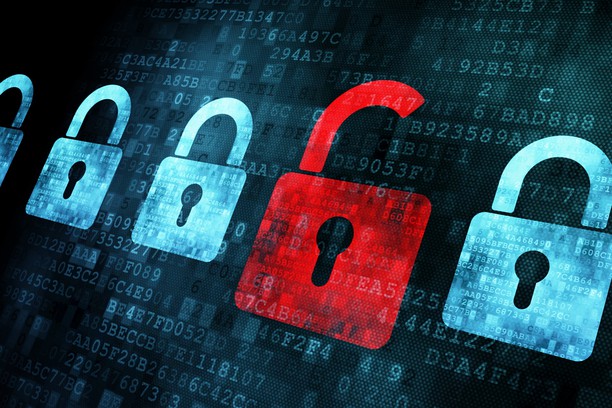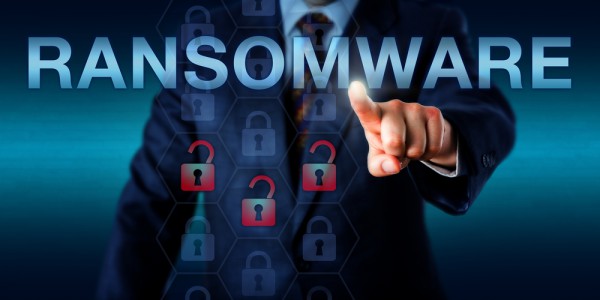Like other app stores, Android’s Google Play Store attempts to mitigate the risk of malware exposure within their approved apps. Unfortunately, malware authors are finding ways to worm their way past these controls.
Read MoreA decade-old form of malicious software known as ransomware has been making headlines after cybercriminals hijacked hundreds of thousands of computers worldwide.
Read MoreEvery year when the Holiday’s roll around things tend to get busier, everyone is more giving, and the shopping season ramps up to its peak. Unfortunately, these aren’t the only things that increase during the holidays, criminals are out to take advantage of your holiday spirit. Check out our top five holiday scams to avoid this season.
Read MoreThis advice comes from researchers at Barkly.com and it’s rather grim. As per their recent survey of ransomware victims in 2016:
Read More



